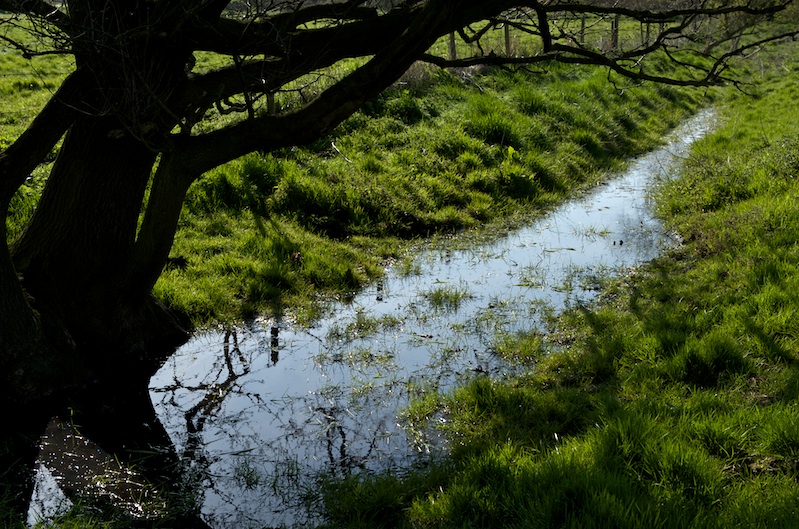Greg Seitz
New member
Hi Jono,
Those clouds in the Leica photo are going to give the scene more blue light so part of the difference in this example has to do with that. It would be very interesting to see comparisons under the same lighting but I suspect you're right that there is a difference in the sensors. Just guessing but perhaps the Nikon sensors are more sensitive to red or less sensitive to blue.
You may already know this, but regarding Aperture 2, have you tried using the the selective color editing? Rather than being stuck with the default color hues, you can now use the color picker in the Color Adjustments pane to point at the color you want to adjust and tweak the hue, saturation, and luminance. I've found this makes it really easy to control the look of things since you can make quite subtle adjustments with this technique.
If you don't mind sending me the RAW for your photo I'd like to see if I can tweak it a bit via Aperture.
Check out http://www.mediafire.com for free hosting where you can post RAW files for others to download. It's much nicer than yousendit since your files don't have download limits and stick around as long as you want them to.
Thanks,
Greg
Those clouds in the Leica photo are going to give the scene more blue light so part of the difference in this example has to do with that. It would be very interesting to see comparisons under the same lighting but I suspect you're right that there is a difference in the sensors. Just guessing but perhaps the Nikon sensors are more sensitive to red or less sensitive to blue.
You may already know this, but regarding Aperture 2, have you tried using the the selective color editing? Rather than being stuck with the default color hues, you can now use the color picker in the Color Adjustments pane to point at the color you want to adjust and tweak the hue, saturation, and luminance. I've found this makes it really easy to control the look of things since you can make quite subtle adjustments with this technique.
If you don't mind sending me the RAW for your photo I'd like to see if I can tweak it a bit via Aperture.
Check out http://www.mediafire.com for free hosting where you can post RAW files for others to download. It's much nicer than yousendit since your files don't have download limits and stick around as long as you want them to.
Thanks,
Greg

